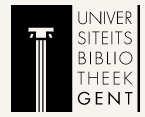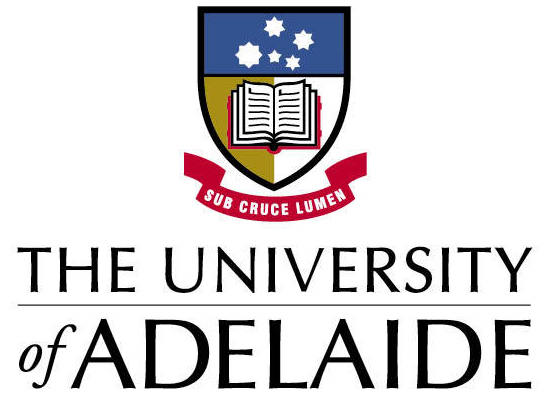აღმოსავლური სამყაროს რეპრეზენტაცია XIX საუკუნის ევროპელი მწერლების ლიტერატურულ ტექსტებში
DOI:
https://doi.org/10.61671/hos.6.2023.6786ანოტაცია
აღმოსავლური სამყაროს მიმართ ინტერესს დიდი ხნის ისტორია აქვს. ჯერ კიდევ შუა საუკუნეებში, ჯვაროსნული ლაშქრობების დროს ნათლად გამოიკვეთა განსხვავებები დასავლეთსა და აღმოსავლეთს შორის. შუა საუკუნეების ერთ-ერთი გამოჩენილი მოღვაწე, ჟაკ დე ვიტრი, მეხუთე ჯვაროსნული ლაშქრობის მონაწილე და თვითმხილველი, რომელმაც ისტორიული მოვლენები აღწერა თავის უმნიშვნელოვანეს ნაშრომში „აღმოსავლეთის ისტორია“ ანუ „იერუსალიმის ისტორია“, ადასტურებს შუა საუკუნეებში აღმოსავლურ და დასავლურ სამყაროს შორის არსებულ მკვეთრ განსხვავებებს, რომელთა შესწავლას ევროპულ ისტორიოგრაფიაში დიდი ხნის ტრადიცია აქვს. დასავლეთისა და აღმოსავლეთის პრობლემატიკა მრავალი სამეცნიერო კვლევის საგანია და აქტუალურია დღესაც.
აღმოსავლეთის თემას ყოველთვის განსაკუთრებული ადგილი ეკავა ევროპელი მწერლების შემოქმედებაში. საკვლევი თემის აქტუალობიდან გამომდინარე, ამოცანად დავისახეთ XIX საუკუნის ევროპელი მწერლების ლიტერატურული ტექსტების შესწავლა. საკვლევ მასალად შევარჩიეთ შატობრიანის, ლამარტინის, ნერვალის, გოტიეს, მოპასანის, გოეთეს, ბაირონის, შელის, მურისა და ფლობერის აღმოსავლეთის თემაზე შექმნილი ნაშრომები. ასევე, ჩვენი ამოცანაა გამოვავლინოთ და ხაზი გავუსვათ მსგავსებებსა და განსხვავებებს ევროპელი მწერლების მიერ შექმნილ სამოგზაურო ლიტერატურაში, ვაჩვენოთ დასავლელი ავტორების თვალით დანახული აღმოსავლეთი.
წინამდებარე კვლევა წარმართულია შედარებითი ანალიზისა და იმაგოლოგიის ძირითად პრინციპებზე დაყრდნობით. იმაგოლოგია ჰუმანიტარული კვლევის შედარებით ახალი სფეროა, რომელიც შეისწავლის „უცხოს“, „სხვის“ სახეს ამა თუ იმ ქვეყნის, ეთნოსის საზოგადოებრივ თუ კულტურულ ცნობიერებაში. იმაგოლოგიური კვლევებით დაინტერესებულია შედარებითი ლიტერატურათმცოდნეობა. ლიტერატურულ იმაგოლოგიას თავისი კონკრეტული მიზნები აქვს. იგი წარმოადგენს მოძღვრებას სახეების შესახებ, ეთნიკურად, კულტურული თვალსაზრისით განსხვავებული ხალხის იმ მყარი სახეების შესახებ, რომლებიც წარმოჩენილია მხატვრულ ტექსტებში.
ჩვენი კვლევის მიზანია დასავლურ ლიტერატურულ ტექსტებში კულტურული მარკერების გამოვლენა. „სხვა“, „უცხო“ ერის თემაზე შექმნილ ლიტერატურულ ტექსტებში ყველაზე ნათლად ვლინდება შედარებითი ლიტერატურათმცოდნეობის იმაგოლოგიური ასპექტები. საბოლოო ჯამში, ამგვარი მიდგომა იქნება ერთგვარი სიახლე აღმოსავლეთის თემაზე შექმნილი ნაშრომების კვლევის პროცესში. ასევე, ჩვენი მიზანია შევისწავლოთ აღმოსავლეთის, როგორც კულტურული სივრცის იმაგოლოგია დასავლურ ლიტერატურაში, რადგან „უცხო“ ერის თემატიკაზე შექმნილ ნაწარმოებად ითვლება ნებისმიერი ტექსტი, რომელიც ეძღვნება სხვა ერის ცხოვრებას, ცივილიზაციას, კულტურას, ტრადიციებს, ადათ-წესებს, სარწმუნოებას, წარმოაჩენს „უცხო“ ერის წარმომადგენელს და მოქმედება მიმდინარეობს „სხვა“ ერის ტერიტორიაზე.
Downloads
ჩამოტვირთვები
გამოქვეყნებული
როგორ უნდა ციტირება
გამოცემა
სექცია
ლიცენზია

ეს ნამუშევარი ლიცენზირებულია Creative Commons Attribution-ShareAlike 4.0 საერთაშორისო ლიცენზიით .



































